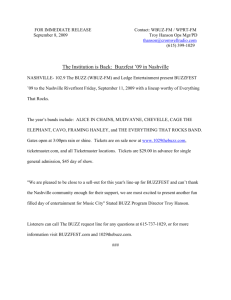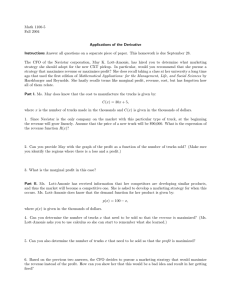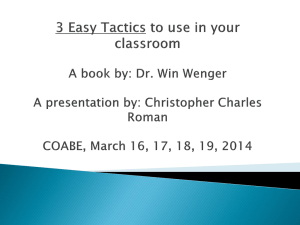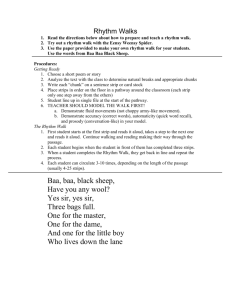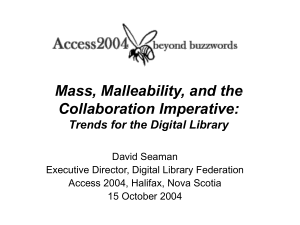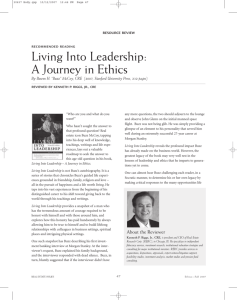Number Sense, Properties and Operations – Grade 3
advertisement
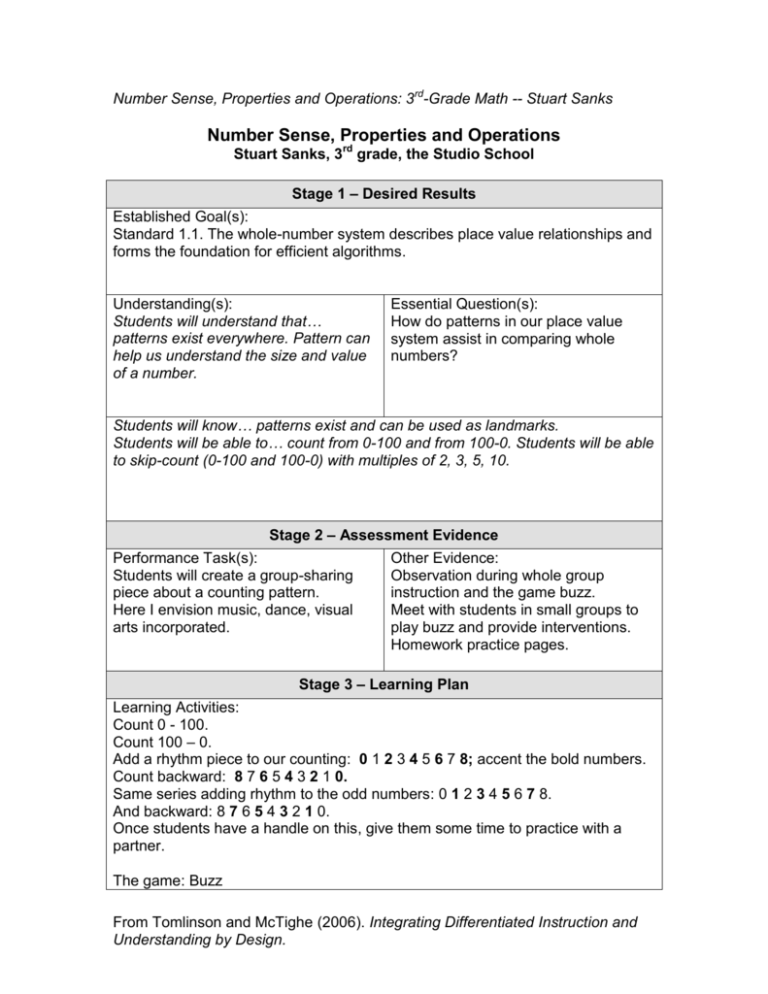
Number Sense, Properties and Operations: 3rd-Grade Math -- Stuart Sanks Number Sense, Properties and Operations Stuart Sanks, 3rd grade, the Studio School Stage 1 – Desired Results Established Goal(s): Standard 1.1. The whole-number system describes place value relationships and forms the foundation for efficient algorithms. Understanding(s): Students will understand that… patterns exist everywhere. Pattern can help us understand the size and value of a number. Essential Question(s): How do patterns in our place value system assist in comparing whole numbers? Students will know… patterns exist and can be used as landmarks. Students will be able to… count from 0-100 and from 100-0. Students will be able to skip-count (0-100 and 100-0) with multiples of 2, 3, 5, 10. Stage 2 – Assessment Evidence Performance Task(s): Students will create a group-sharing piece about a counting pattern. Here I envision music, dance, visual arts incorporated. Other Evidence: Observation during whole group instruction and the game buzz. Meet with students in small groups to play buzz and provide interventions. Homework practice pages. Stage 3 – Learning Plan Learning Activities: Count 0 - 100. Count 100 – 0. Add a rhythm piece to our counting: 0 1 2 3 4 5 6 7 8; accent the bold numbers. Count backward: 8 7 6 5 4 3 2 1 0. Same series adding rhythm to the odd numbers: 0 1 2 3 4 5 6 7 8. And backward: 8 7 6 5 4 3 2 1 0. Once students have a handle on this, give them some time to practice with a partner. The game: Buzz From Tomlinson and McTighe (2006). Integrating Differentiated Instruction and Understanding by Design. Introduce the game and play to the number of people sitting in the circle (25). First just count to 25. Clarify questions and provide support. This is not an elimination game. Add a multiple. On each multiple, instead of saying the number, say buzz. For example: 1, buzz, 3, buzz, 5, buzz… etcetera. Play with twos highlighting both even and odd starting points. Count by two, starting at 5…or 39… or 66. Also count backward. Rhythm is a dancer. Have students self-select a partner and create a rhythm/dance piece for the series of numbers from 0-8 having a different movement for each number. Give students 5 minutes to create and rehearse. Share. Celebrate. If students need a challenge you can… give them a longer sequence, have them repeat it several times, incorporate Buzz into the rhythm, syncopate the rhythm, add sounds instead of counting the numbers. If it is too difficult you can... provide a smaller set of numbers, assist, repeat the same motions and count, have two motions instead of nine, provide accompaniment. From here, I see this lesson repeating with different partners, numbers, multiples, patterns over the unit. I would also like to incorporate a visual art piece to have a concrete representation of the learning. Maybe we make a class book with all the patterns, taking photographs or having students draw. They could also abstractly represent their patterns using a variety of techniques of color, texture, and pattern. We can write poems to go along with each pattern. I think I see this evolving into a piece about multiplication and division. Using properties of a number, its pattern and its multiples. Students often freak out when we start dividing because they have no experience with taking numbers apart. This process can help. I want this entire unit to support multiplication and division, which will in turn support fractions, music, dance and visual art. From Tomlinson and McTighe (2006). Integrating Differentiated Instruction and Understanding by Design.


